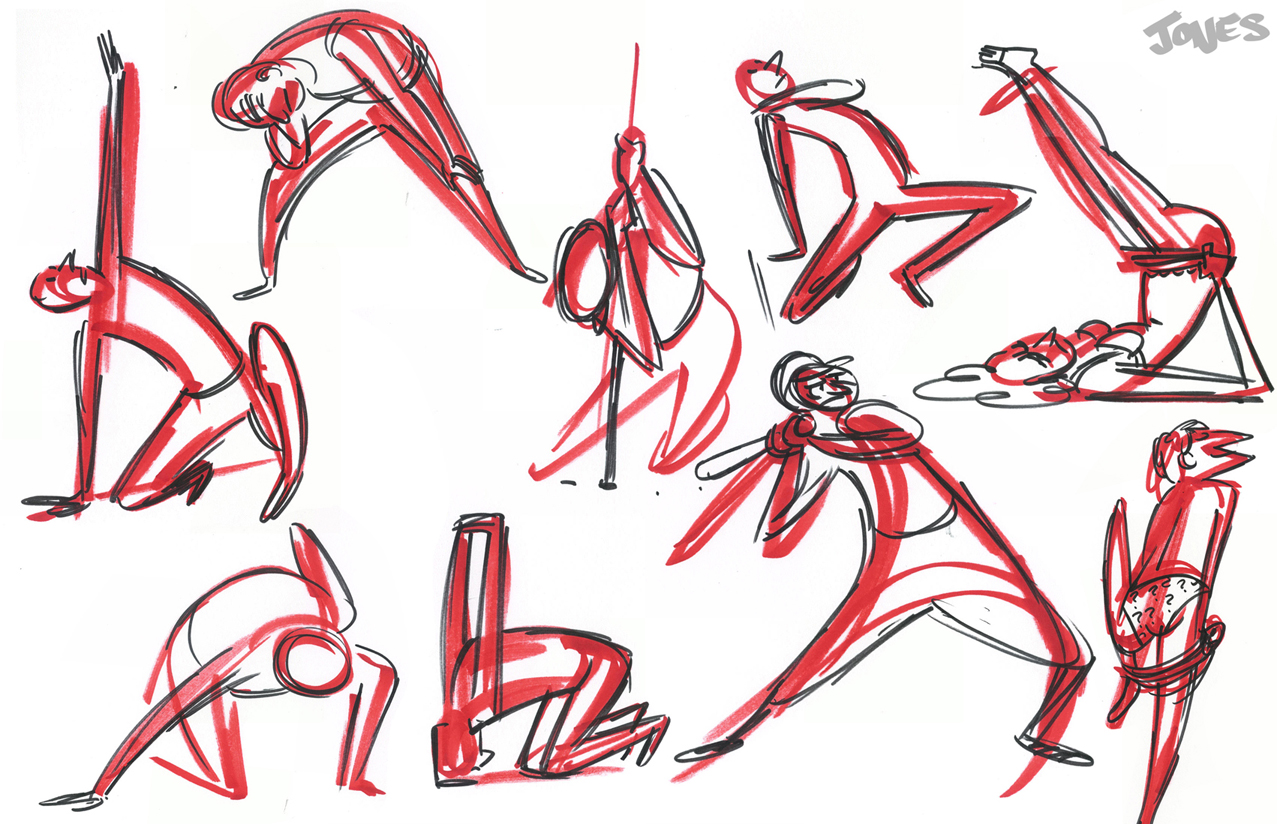In the realm of art, animation, and even physical activities, the term "line of action" holds significant importance. It refers to an imaginary line that defines the movement and pose of a subject, guiding the viewer's eye through the composition. The line of action serves as a foundational principle, helping artists convey dynamism and emotion in their work. Whether sketching a character in motion or choreographing a dance sequence, understanding this concept can enhance the clarity and expressiveness of the piece.
The line of action acts as a visual guide, drawing attention to the most important aspects of a scene. By establishing a clear line, artists can create a sense of flow and cohesion that captivates the audience. This technique is not limited to traditional art forms; it is equally applicable in digital art, animation, and even in the performance arts. As we delve deeper into the concept, we will explore its significance, applications, and how it can be effectively utilized in various creative fields.
In understanding the line of action, we can also appreciate its role in storytelling. Just as a line of action can lead the viewer's eye, it can also lead the narrative, guiding the audience through the emotional landscape of a scene. From the initial sketch to the final performance, the line of action is a crucial tool in crafting compelling and engaging stories. This article will explore the many dimensions of the line of action, offering insights and practical tips for artists, animators, and performers alike.
What is the Line of Action?
The line of action is an essential element in drawing and animation that represents the overall direction and flow of a subject's movement. It acts as the backbone of a pose, giving it structure and rhythm. By analyzing the line of action, artists can better understand the energy and dynamics of their subjects.
Why is the Line of Action Important in Art?
The line of action plays a pivotal role in creating visually striking artwork. Here are some reasons why it is important:
- Enhances the sense of movement and fluidity.
- Helps maintain proportion and balance in figures.
- Guides the viewer’s eye through the composition.
- Conveys emotional depth and storytelling elements.
How Can Artists Apply the Line of Action?
To effectively incorporate the line of action into your work, consider the following steps:
- Start with a loose sketch of the subject, focusing on the overall pose.
- Identify the main direction of action and draw a line to represent it.
- Build the figure around this line, ensuring that the limbs and body follow the flow.
- Refine the details while maintaining the integrity of the line of action.
Who Uses the Line of Action?
The line of action is utilized by a variety of professionals, including:
- Illustrators and concept artists.
- Animators and motion designers.
- Dancers and choreographers.
- Filmmakers and directors.
How Does the Line of Action Enhance Animation?
In animation, the line of action is crucial for achieving believable movement. It helps animators create fluid, dynamic poses that reflect the character's intention and emotion. By following the line of action, animators can ensure that their characters move in a way that resonates with the audience, creating a more immersive experience.
Can the Line of Action Be Used in Other Disciplines?
Absolutely! The line of action transcends traditional art forms and can be applied in various disciplines, including:
- Sports and physical activities, to analyze and improve performance.
- Graphic design, for creating compelling layouts.
- Theater and performance, to enhance choreography and staging.
What Are Some Examples of Line of Action in Famous Works?
Many renowned artists and animators have effectively utilized the line of action in their works. For example:
- In animation, Disney's "The Lion King" features characters that embody the line of action, enhancing their movements and expressions.
- In classical art, works by Edgar Degas often showcase dancers with clear lines of action that convey movement and grace.
Conclusion: Mastering the Line of Action
Understanding and applying the line of action is essential for anyone involved in the creative arts. Whether you are a beginner or an experienced artist, mastering this concept will significantly enhance your ability to create dynamic and engaging works. By focusing on the line of action, you can elevate your art, storytelling, and performances, leading to a more profound connection with your audience.
Unveiling The Mystery Of Tatted Up Holly And 50 Cent: A Unique Connection
Discovering The Enigmatic Life Of María De Nati
Discovering The Multi-faceted Life Of Amber O'Donnell


